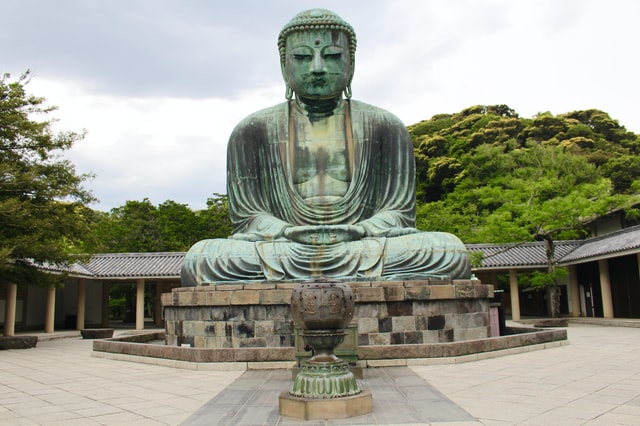Coding Images on Instagram with QDA Miner – Qualitative Data Analysis Software May 8, 2020 - Blogs on Text Analytics

In this Blog we are highlighting papers authored with the use of our qualitative data analysis software QDA Miner and our content analysis and text mining software WordStat. This post features a paper where the authors use visual content analysis by employing QDA Miner to code images of sculpture taken by tourists and posted on Instagram. The authors, Rosalinda Ruiz-Scarfuto, Kristina Svels and Robert Gutounig look at innovative ways as to how the tourism industry and managers “can possibly react to the unplanned outcomes, e.g. using art as a tool which may influence both viral effects as well as tourist´s behaviour for more sustainable tourism development. “
Recognizing that the general public’s photos posted on social media, Instagram and other sites, are the modern day’s postcards, they look at predictable and unintended consequences. They also examine how this is phenomenon is forcing tourism managers and marketers to change their approach by embracing and using social media to react to events, to manage crisis and how art can be an important tool in this endeavor.
The authors use 243 images of the Great Buddha in Kamakura, Japan and 200 images of Anthony Howe’s kinetic sculptures as part of their analysis. They also look at case studies of tourist sites in Austria and Italy and how these were impacted by social media postings and how managers used social media and art to control or encourage the sustainable flow of tourism.
The complete article is published in the March 2020 issue of the Tourism and Hospitality International Journal: Scarfuto, R. R., Gutounig, R., & Svels, K. (2019). Art Moves in Self Organizing Social Media. Tourism Research, 14, 15.
